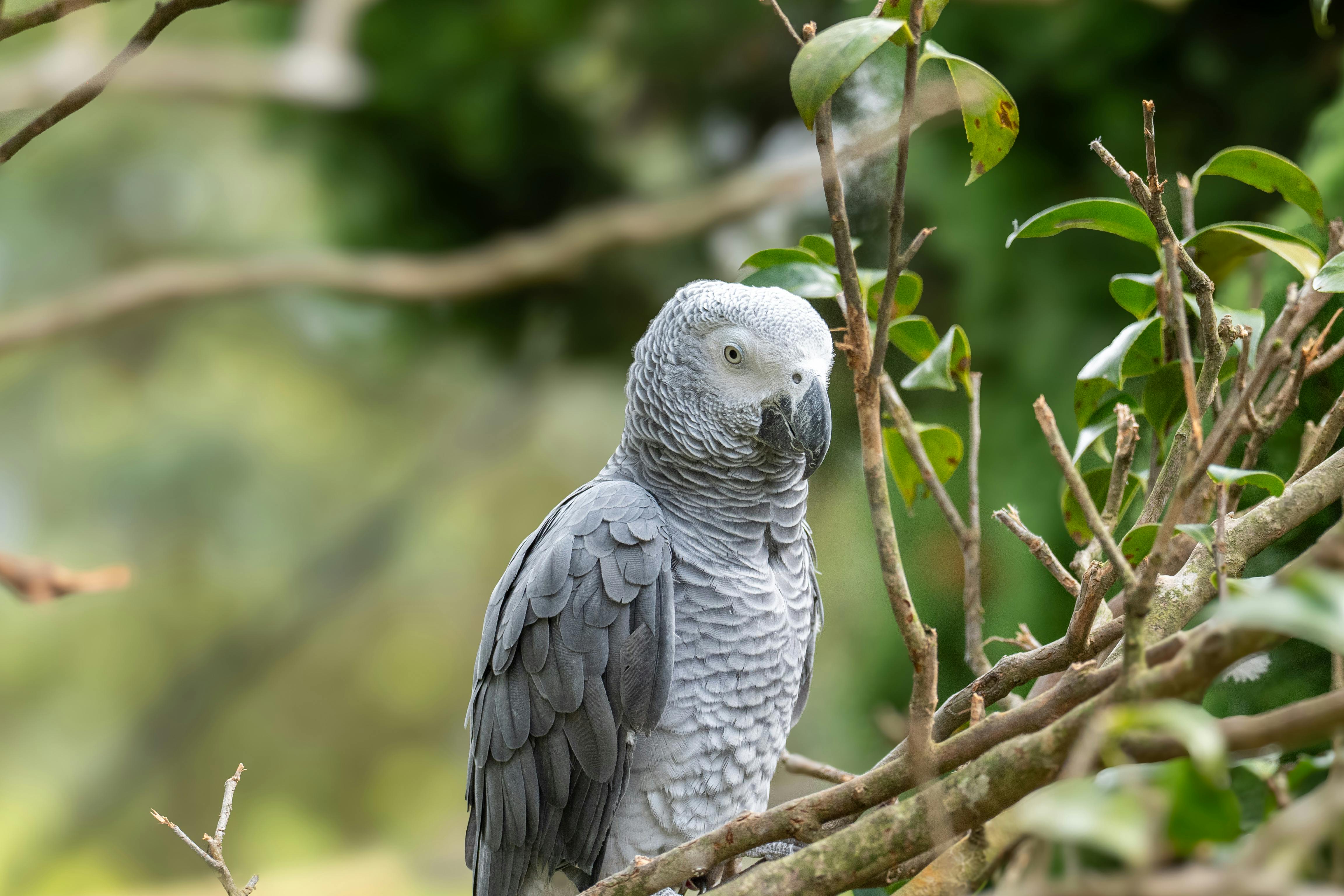Smart Ways to Care for Neon and Ember Tetras in 2025
Neon and ember tetras are popular choices among aquarium enthusiasts, especially for those who wish to create vibrant and bustling freshwater environments. These small, colorful fish are not only easy to care for, but they also bring life and movement to any tank setup. Caring for these tropical fish involves understanding their specific needs, such as water parameters, tank mates, and appropriate feeding habits. In 2025, with advancements in aquarium technology and knowledge, there are smarter and more effective ways to ensure their health and happiness.
This article will guide you through essential aspects of care, including ideal tank setups, maintenance tips, compatibility with other species, and nutrition. Whether you're a beginner or a seasoned aquarist, implementing these methods will help you create a thriving habitat for your neon and ember tetras.
Key takeaways include understanding their ideal water quality, selecting appropriate tank mates, ensuring proper feeding regimens, and recognizing signs of stress or illness to maintain overall fish health.
Essential Tank Setup for Neon and Ember Tetras
Creating the perfect tank environment is fundamental for keeping your neon and ember tetras healthy. The first step is to select an appropriately sized tank. A minimum of 10 gallons is recommended for schools of these tetras, as they thrive in groups. Ensure that your tank is well-cycled to establish beneficial bacteria that break down waste, contributing to a stable environment.
In terms of substrate, fine gravel or sand is ideal, as sharp edges can injure the delicate fins of your fish. Additionally, incorporating a variety of aquatic plants not only enhances aesthetics but also provides hiding spots, reducing stress levels. Java moss and elodea are excellent choices for tetra tanks.
Lighting plays a crucial role as well; utilizing LED aquarium lighting can simulate natural conditions and promote plant growth while being energy efficient. Arrange decorations carefully, keeping in mind that tetras love open swimming spaces, so avoid overcrowding.
Consider investing in high-quality filtration systems to maintain water clarity and quality while ensuring appropriate flow rates. Tetras prefer calm waters, so ensure your filter isn't causing excessive turbulence.
Lastly, monitor your tank temperature, which should ideally range between 72°F to 78°F. Consistent conditions will help promote a stress-free environment.

Maintaining Water Quality for Tropical Fish
Water quality is critical in maintaining the health of neon and ember tetras. Regular testing of water parameters (pH, ammonia, nitrite, and nitrate levels) is recommended to ensure everything is within acceptable limits. The ideal pH for these tetras should be slightly acidic to neutral, around 6.0 to 7.5.
Regular water changes, ideally 25% weekly, will help keep harmful toxins at bay and replenish essential trace elements. When changing water, use a good aquarium water conditioner to neutralize chlorine or chloramine. This is particularly important to prevent sudden chemistry shocks that could potentially stress the fish.
Beneficial bacteria play a significant role in breaking down waste, thus it is vital to establish a cycle in new tanks. Cycling your aquarium before introducing fish ensures a safer environment, reducing the risk of fish diseases.
Be aware of tank mates as they can also influence water quality. Incompatible species can lead to uneaten food and increased waste, negatively affecting overall tank health.
Moreover, if you notice algae blooms, consider algae-eating species, such as certain snails or shrimp, which are also compatible with tetras.
Feeding Tips for Healthy Tetras
The diet of neon and ember tetras plays a significant role in their health and color vibrancy. High-quality fish food specifically formulated for small tropical fish is essential. Look for options that include spirulina and other algae, which provide necessary nutrients.
Feed your tetras a varied diet that incorporates flake food, micro-pellets, and occasional live or frozen foods like brine shrimp and daphnia. This not only ensures balanced nutrition but also stimulates their natural hunting instincts and improves their color.
It's crucial to establish a feeding schedule that consists of small amounts several times a day. Overfeeding can lead to water quality issues and health problems, so only provide what your fish can consume in a few minutes.
Furthermore, it's essential to monitor their behavior during feeding. For instance, if you notice less interest in food, it could indicate stress or health issues that need attention.
Also, consider incorporating feeding techniques that can stimulate their natural behavior, such as scattering food around the tank to encourage foraging.

Understanding Fish Behavior and Social Dynamics
Neon and ember tetras are schooling fish, which means they are happiest when kept in groups of six or more. Keeping them in proper schools will reduce stress and promote natural behaviors, such as swimming together and interacting with each other.
Observing their social dynamics can provide insight into their health and happiness. For example, if you notice them becoming more aggressive or territorial, this might be a sign of overcrowding or incompatible tank mate selections. Ensure that each species in your aquarium has enough space and resources to thrive.
Furthermore, watch for signs of stress in your tetras, such as frayed fins, faded colors, or unusual swimming patterns. These behaviors can indicate issues with tank conditions, health problems, or stress from inadequate schooling.
It’s important to understand that both neon and ember tetras can exhibit unique personalities. Noting individual behavior can help you identify when something is amiss. Regular monitoring fosters a healthy, balanced aquarium ecosystem.
Tetra Compatibility with Other Fish Species
One of the advantages of keeping neon and ember tetras is their compatibility with a variety of tank mates. Typically, they coexist well with other small, peaceful species such as guppies, snails, and certain types of dwarf cichlids.
It's crucial to avoid aggressive species that may harass or out-compete them for food. A fish compatibility chart can be invaluable for new aquarists to ensure the well-being of all aquatic inhabitants in your tank.
When selecting tank mates, prioritize those with similar water temperature and pH requirements. This not only provides a harmonic community but also preserves water quality by minimizing stress.
In order to promote a peaceful aquarium, provide plenty of hiding spots and territories. This will help minimize aggression and promote healthy interactions among species.
Before introducing new fish, observe the existing tetras for any significant changes in behavior that may indicate stress or territorial disputes.
Addressing Fish Health: Diseases and Common Problems
Despite their hardiness, neon and ember tetras are susceptible to several common fish diseases, such as ich, fin rot, and velvet disease. Regular monitoring and prompt treatment when issues arise can save your fish's lives.
Recognize the signs of stress and illness, such as changes in appetite, lethargy, or abnormal swimming behavior. When initially introducing new fish, practice isolation quarantine to prevent disease spread and check compatibility.
Maintaining good water quality and tank cleanliness is often the most effective preventive measure to keep your tetras healthy and vibrant.
In case of disease outbreak, having a reliable fish medications kit can be essential. Always research treatments in advance and ensure they are safe for use with tetras, as some medications can be harmful to certain fish species.
Invest in high-quality aquarium equipment, including test kits for monitoring water parameters. Keeping an eye on these can help you catch problems before they escalate. Regular maintenance routines will minimize the chances of common tank problems.
FAQs About Neon and Ember Tetras Care
Q: What is the ideal tank size for keeping neon and ember tetras?
A: A minimum tank size of 10 gallons is recommended for schooling groups of neon and ember tetras to thrive comfortably.
Q: How should I maintain the water quality in my tetra tank?
A: Regular water testing, weekly water changes, and proper filtration are crucial for ensuring water quality for your tetras.
Q: What are safe tank mates for neon and ember tetras?
A: Peaceful small fish like guppies and certain shrimp species make great tank mates with neon and ember tetras.
Q: How do I identify if my tetras are sick?
A: Look for signs such as fading colors, lethargy, or abnormal swimming patterns. Early detection can help in effective treatment.
Q: What foods are best for neon and ember tetras?
A: A varied diet including high-quality flake foods, micro-pellets, and occasional live or frozen foods will keep your tetras healthy and vibrant.
```